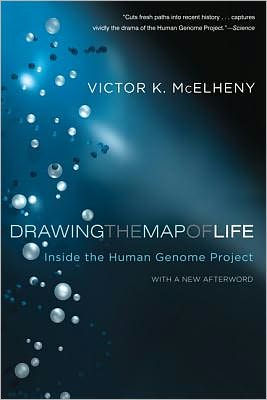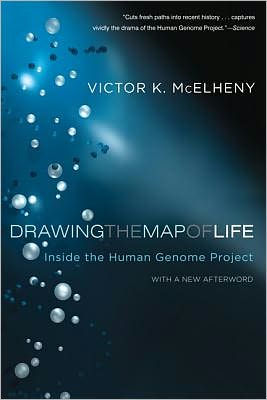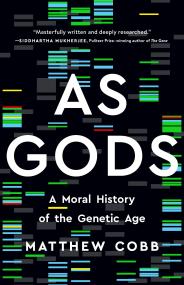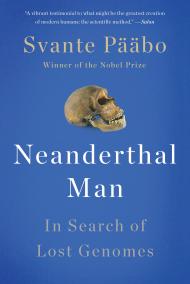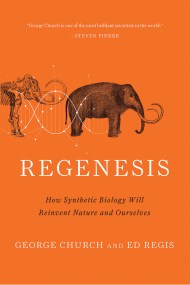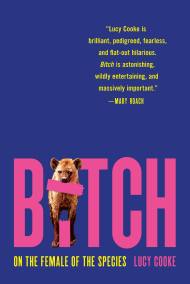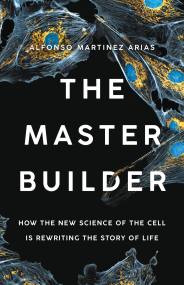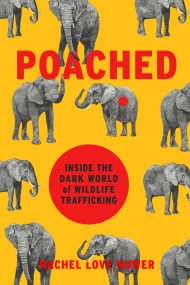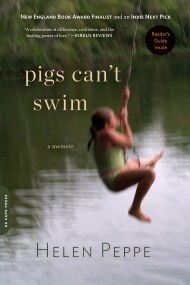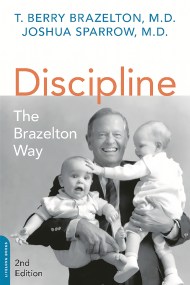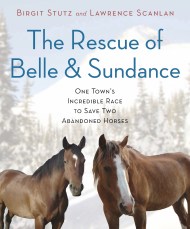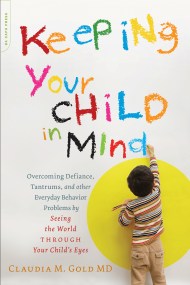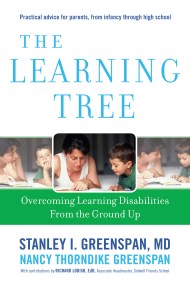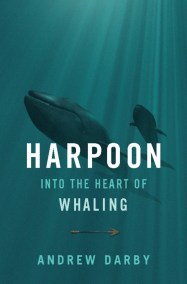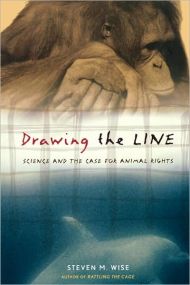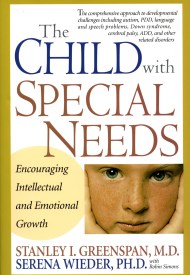Promotion
Use code MOM24 for 20% off site wide + free shipping over $45
Drawing the Map of Life
Inside the Human Genome Project
Contributors
Formats and Prices
Price
$18.99Price
$22.00 CADFormat
Format:
- Trade Paperback $18.99 $22.00 CAD
- ebook $12.99 $16.99 CAD
This item is a preorder. Your payment method will be charged immediately, and the product is expected to ship on or around July 31, 2012. This date is subject to change due to shipping delays beyond our control.
Also available from:
Distinguished science journalist Victor McElheny offers vivid, insightful profiles of key people, such as David Botstein, Eric Lander, Francis Collins, James Watson, Michael Hunkapiller, and Craig Venter. McElheny also shows that the Human Genome Project is a striking example of how new techniques (such as restriction enzymes and sequencing methods) often arrive first, shaping the questions scientists then ask.
Drawing on years of original interviews and reporting in the inner circles of biological science, Drawing the Map of Life is the definitive, up-to-date story of today’s greatest scientific quest. No one who wishes to understand genome mapping and how it is transforming our lives can afford to miss this book.
Genre:
- On Sale
- Jul 31, 2012
- Page Count
- 400 pages
- Publisher
- Basic Books
- ISBN-13
- 9780465028955
Newsletter Signup
By clicking ‘Sign Up,’ I acknowledge that I have read and agree to Hachette Book Group’s Privacy Policy and Terms of Use
